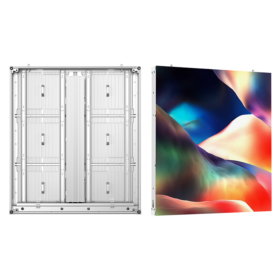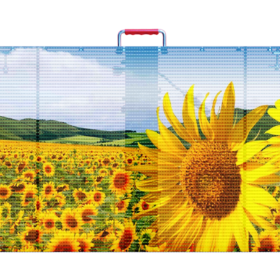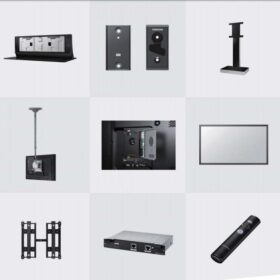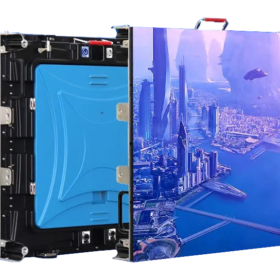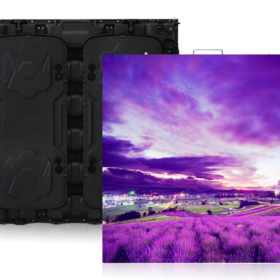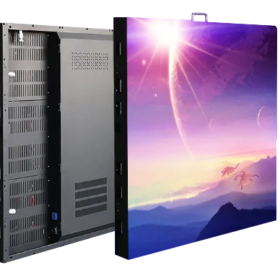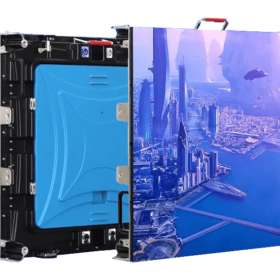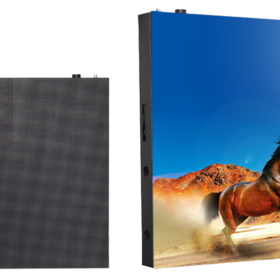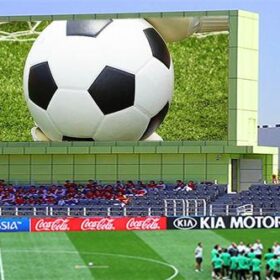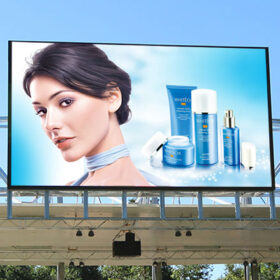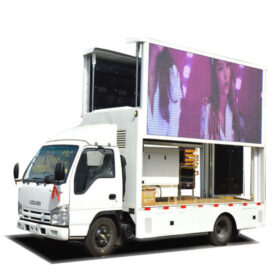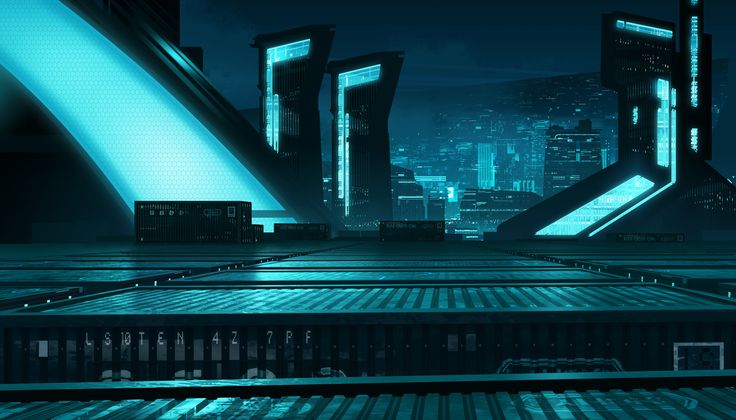No products in the cart.
Articles
Front and Rear Maintenance of LED Displays
What is the Difference Between Front and Rear Maintenance of LED Displays?
LED displays have become an important part of many industries such as advertising, entertainment and media. These displays are not only visually appealing, but also strong and durable. However, like all electronic devices, LED displays require regular maintenance to function properly and have a long life.
Viewing can be done from the front or back of the monitor; Each method has its own benefits and challenges. In this article, we will explain the difference between pre-treatment and post-treatment of LED displays, focusing on their methods, advantages, disadvantages and necessary design conditions.
What is the preliminary maintenance of the LED screen?
LED display pre-maintenance, also known as pre-maintenance or pre-service, refers to the process of pre-maintenance, repair or replacement of the components of the LED display. Front maintenance LED display usually uses magnetic fixing to install the LED display module and box. When repair is required, the damaged LED module can be easily removed from the front of the display using a suction cup and repaired directly.
Front services are typically used in situations where access to the rear of the LED display is limited or unavailable, such as when the display is mounted on a wall or in a narrow space. Front LED display service not only saves space by making the display thinner and lighter, but also simplifies future maintenance. That is why they have become increasingly popular among users.
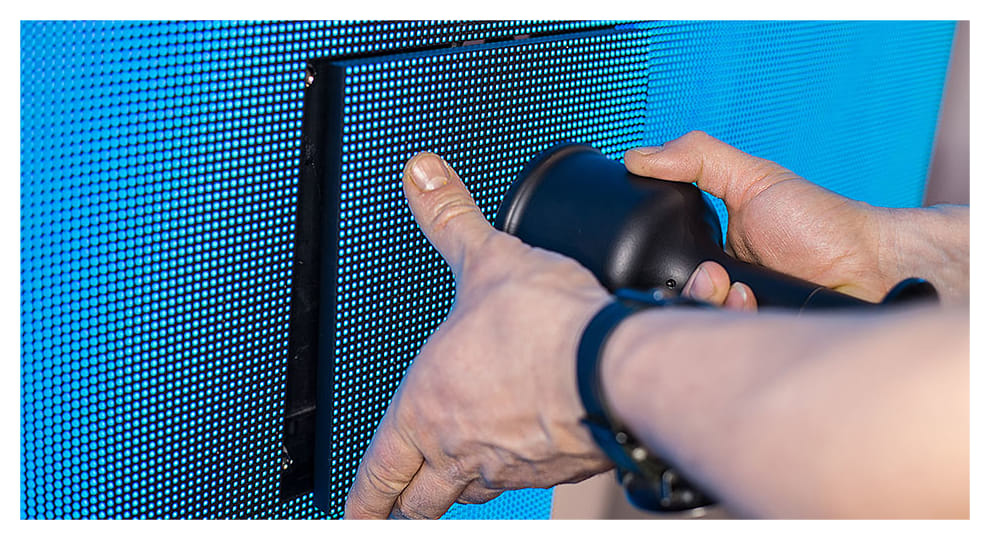
Front Maintenance
Front maintenance is the most common type of maintenance for LED screens, and it is preferred for indoor applications. This method is performed from the front of the screen, eliminating the need for a maintenance access channel behind the screen. This makes front maintenance a convenient and cost-effective option for many applications.
Advantages of Front Maintenance:
Convenience: Front maintenance can be performed without accessing the back of the screen, making it easier and more convenient to maintain.
Cost-Effective: The absence of a maintenance access channel reduces installation and maintenance costs.
Space Utilization: Front maintenance allows for more efficient space utilization, as there is no need for a dedicated maintenance area behind the screen.
Applications of Front Maintenance:
Indoor LED Screens: Front maintenance is ideal for indoor LED screens, such as those used in retail stores, conference rooms, and hospitality settings.
Narrow Pixel Pitch LED Screens: Front maintenance is particularly suitable for narrow pixel pitch LED screens, as these screens require more precise maintenance procedures.
Disadvantages of Front Maintenance:
Limited Applicability: Front maintenance may not be suitable for all LED screen applications, particularly large-scale outdoor LED screens.
Maintenance Access Restrictions: Front maintenance may have limitations in accessing certain areas of the screen, especially for larger screens.
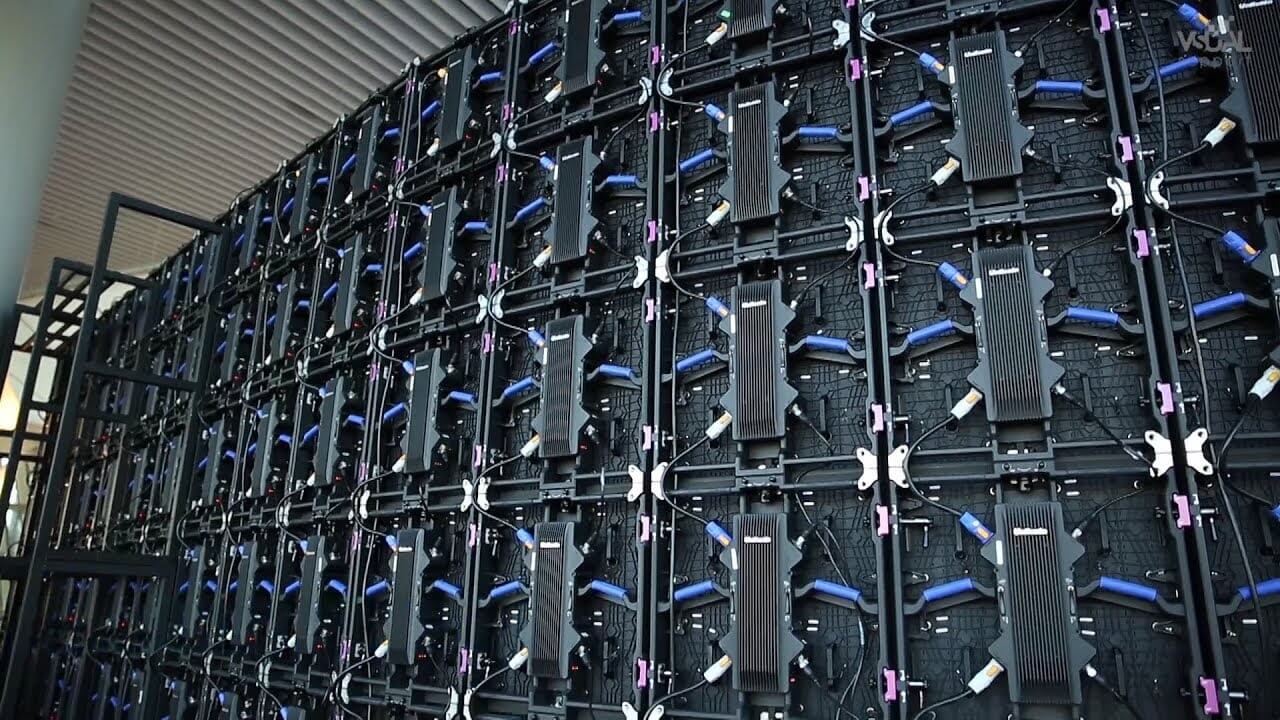
Rear Maintenance
Rear maintenance is typically used for large-scale outdoor LED screens. This method is performed from the back of the screen, requiring a dedicated maintenance access channel behind the screen. While this may seem less convenient, rear maintenance offers several advantages for large outdoor installations.
Advantages of Rear Maintenance:
Accessibility: Rear maintenance provides direct access to the entire back of the screen, facilitating thorough inspection and maintenance.
Large Screen Compatibility: Rear maintenance is well-suited for large-scale outdoor LED screens, which may be impractical to maintain from the front.
Protection from External Elements: Rear maintenance helps protect the screen’s internal components from external factors like weather and debris.
Applications of Rear Maintenance:
Large-Scale Outdoor LED Screens: Rear maintenance is the preferred method for large-scale outdoor LED screens, such as those used in stadiums, billboards, and transportation systems.
Harsh Environments: Rear maintenance is suitable for LED screens installed in harsh environments, where protection from external elements is crucial.
Disadvantages of Rear Maintenance:
Space Requirements: Rear maintenance requires a dedicated maintenance access channel, which can consume space and limit installation flexibility.
Installation Complexity: Installing rear-maintenance LED screens can be more complex due to the need for the maintenance access channel.
Maintenance Access Challenges: Accessing the maintenance channel can be challenging in certain installations, such as those mounted on high structures.

General LED Screen Maintenance Tips:
In addition to choosing the appropriate maintenance method, consider these general tips to maintain your LED screen effectively:
Regular Cleaning: Regularly clean the screen with a soft, dry cloth to remove dust and debris. Avoid using liquids or solvents that could damage the screen.
Damage Inspection: Inspect the screen regularly for any signs of damage, such as dead pixels, loose cables, or physical damage. If damage is detected, contact the manufacturer or a qualified technician.
Regular Use: Turn on the screen at least once a month to prevent the LEDs from burning out. Regular use helps maintain the screen’s performance and longevity.
Environmental Protection: Avoid exposing the screen to direct sunlight, extreme temperatures, or humid environments. These conditions can damage the screen’s components and shorten its lifespan.
Qualified Technicians: For complex maintenance or repairs, always consult qualified LED screen technicians to ensure proper handling and avoid further damage.
Proper maintenance practices, including choosing the appropriate maintenance method and following general guidelines, will help extend the lifespan of your LED screen, ensuring optimal performance and visual quality for years to come. Front and Rear Maintenance of LED Displays.


